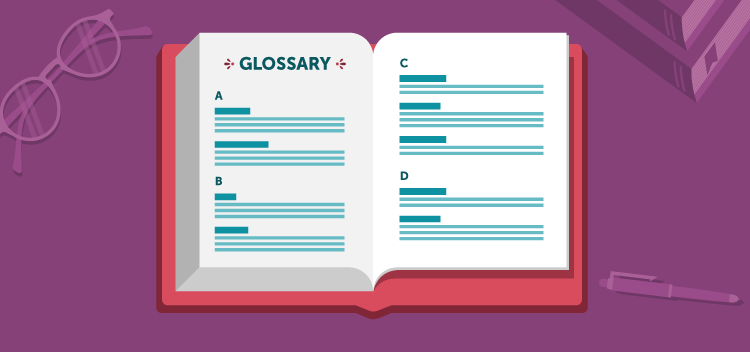
Lumosity Glossary: Verbal Fluency
At Lumosity, our products draw inspiration from neuroscience and psychology, and we have a team of in-house scientists who constantly evaluate research in these areas. But what do we mean when we tell you a game challenges “working memory”? And what’s the difference between “selective attention” and “divided attention”? Our series, Lumosity Glossary, is here to explain. Today: verbal fluency, the cognitive skill challenges in our popular game, Word Bubbles.
Verbal fluency noun
/ˈvərbəl/ ˈflo͞oənsē/
The ability to rapidly retrieve words from your mental vocabulary
Verbal fluency is a subskill challenged in our new Language games category, and it describes the ability to access your mental vocabulary quickly and select the appropriate words when writing or talking. If you’ve ever struggled to recall a word “on the tip of your tongue,” been left searching for a witty comeback, or failed to find the right words to persuade someone, you understand just how important verbal fluency can be.
Phonemic vs Semantic Fluency
There are two types of verbal fluency: phonemic and semantic. Phonemic fluency depends on recalling words that begin with a certain letter or sound. For instance, if prompted with the letters “pl—,” you might recall a number of words, such as “play,” “plan,” “ploy,” and “plot.” Our game Word Bubbles challenges phonemic fluency.
Ever played “categories,” where a group starts with a prompt, like “animals,” and then everyone goes around in a circle listing examples one-by-one? That’s semantic fluency, which involves fluency with words of a certain semantic group. For instance, with “animals,” you might respond with “cat,” “dog,” or “elephant.” If you’re prompted with “food,” you could list off “kale,” “chocolate,” and “apple.”
Research on Verbal Fluency
The Thurstone Word Fluency Test, the classic pencil-paper assessment that inspired Word Bubbles, was created by Louis Thurstone in 1938. The test asks participants to write down as many words starting with “S” as they can think of, then as many starting with “C.” “S” is the most common initial letter in English, partly explaining its popularity with both the Thurstone Word Fluency Test and another verbal fluency assessment, Controlled Oral Word Association Test (COWAT).
Over the years, verbal fluency has been examined from many different lenses. In particular, the skill is thought to be closely related to general vocabulary size, long-term memory, and executive function. Some research suggests that semantic fluency declines more than phonemic with certain neurological disorders, while other research found that verbal fluency correlates with factors like gender and sexual orientation.
Lumosity scientists have conducted several research projects that touch on verbal fluency. In June 2013, for instance, they published “The largest human cognitive performance dataset reveals insights into the effects of lifestyle factors and aging” in Frontiers in Human Neuroscience. Some of their findings include evidence that suggests that verbal fluency remains relatively stable throughout adulthood: for players in their 40s and 50s, Word Bubbles scores showed less decline over time than scores in some other cognitive areas. Moreover, in other research, the team found that players’ Word Bubbles scores improved significantly after training — across ages and regardless of baseline performance.
Ready to try your hand at verbal fluency?
Word Bubbles can be found in the Games Library at lumosity.com and on our iOS and Android apps. When you’ve played three times, you’ll unlock our newest Insight and find out which of six authors your game vocabulary most closely matches.
Further reading
“Sexual-orientation-related differences in verbal fluency” (Rahman et al. 2003)
“The largest human cognitive performance dataset reveals insights into the effects of lifestyle factors and aging” (Sternberg et al. 2013)
